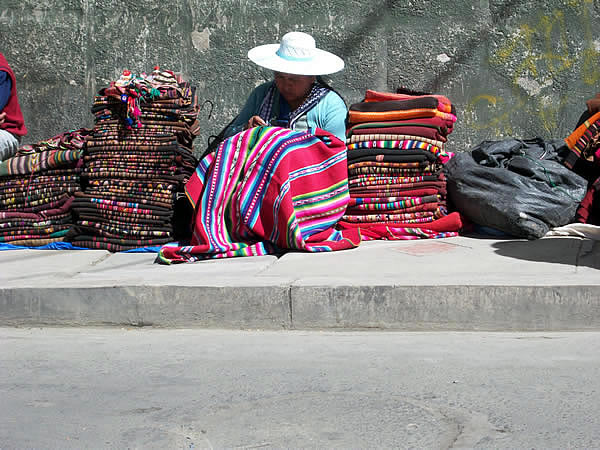This post is also available in:
![]() Deutsch
Deutsch ![]() Français
Français ![]() Italiano
Italiano ![]() Português
Português ![]() Español
Español
Bolivia (Estado Plurinacional de Bolivia/Plurinational State of Bolivia) is a presidential republic located in central-western South America. It is a landlocked country and bordered to the north and to the east by Brazil, to the south by Paraguay and Argentina and to the west by Chile and Peru.
Squeezed between the Tropic of Capricorn and the 10° parallel south, Bolivia presents a remarkable diversity of landscapes. The western areas are characterized by the Bolivian highlands and the Cordillera de los Andes, while the eastern areas are formed by the plains of the Amazon forest and the Chaco.
A LARGE HIGHLAND SURROUNDED BY THE ANDES
The Bolivian plateau called Altiplano, having an average altitude of 3.700 meters, is flanked by the Cordillera Occidental along the border with Chile with the highest mountain of the country being the Nevado de Sajama with 6.542 metres and by the Cordillera Oriental, which in the Cordillera Real exceeds 6.000 metres by the peaks Illampu with 6.485 meters and Illimani with 6.322 metres.
The plateau is dotted with lake basins including lakes like Poopó with 2.800 sq km and Titicaca with 8.300 sq km, the latter divided between Bolivia and Peru at an altitude of 3.810 metres, being the largest lake of South America and the highest navigable lake of the world. In the south-west is the Salar de Uyuni, a huge salt desert with 12.000 square kilometres, located at an altitude of 3.650 meters and representing the largest salty expanse of the world.
[divider]
[divider]
THE AMAZON PLAIN AND THE BOLIVIAN CHACO
Three fifths of the Bolivian territory is made up of lowlands of the Amazon forest and Chaco. In these areas are the main rivers of the country: The Beni and the Mamoré, tributaries of the Amazon by the river Madeira and the Pilcomayo, tributary of the Paraná by the river Paraguay.
A VERY POOR ECONOMY
Bolivia is by per capita income the poorest country of South America, this figure contrasts with the great wealth of natural resources existent on its territory. Mining activities are the main resource of Bolivia. Tin is extracted in large quantities, Bolivia thus being one of the main world producers, Other mining is done for gold, silver, lead, copper, bismuth, zinc, tungsten, antimony, natural gas and oil.
For the domestic market the breeding of livestock like cattle, pigs, sheep, poultry, lamas and alpacas is important together with the growing of barley, oats, potatoes, maize, rice, wheat, coffee, cassava, oranges, bananas and cotton. But the most widespread cultivation is coca, which is widely consumed by the indigenous population, representing the main source of income for the majority of the peasant population. Thanks to the beautiful natural landscapes of the Andean highlands, the interesting colonial cities and the still intact culture of the indigenous peoples the tourist potential of the country is considerable.
English text correction by Dietrich Köster.
[divider]
- Area: 1,098,581 sq km arable land 2,2%, pastures 24,1%, forests and bushland 52,8%, uncultivated and unproductive land 20,9%
- Population: 9,119,000 (as of 2007): Amerindians 55%, Mestizos (descendants of Europeans and Amerindians) 30%, Europeans 15%.
- State Capital: La Paz (administrative), Sucre (constitutional, judicial).
- Official Languages: The main official language is Spanish. Aymará, Quechua, Guaraní and 33 more indigenous languages are also recognized as official languages.
- Religion: Roman Catholics 95%, Protestants 5%.
- Currency: Boliviano (BOB)
- Time Zone: UTC-4 hours.
[divider]
This post is also available in:
![]() Deutsch
Deutsch ![]() Français
Français ![]() Italiano
Italiano ![]() Português
Português ![]() Español
Español
